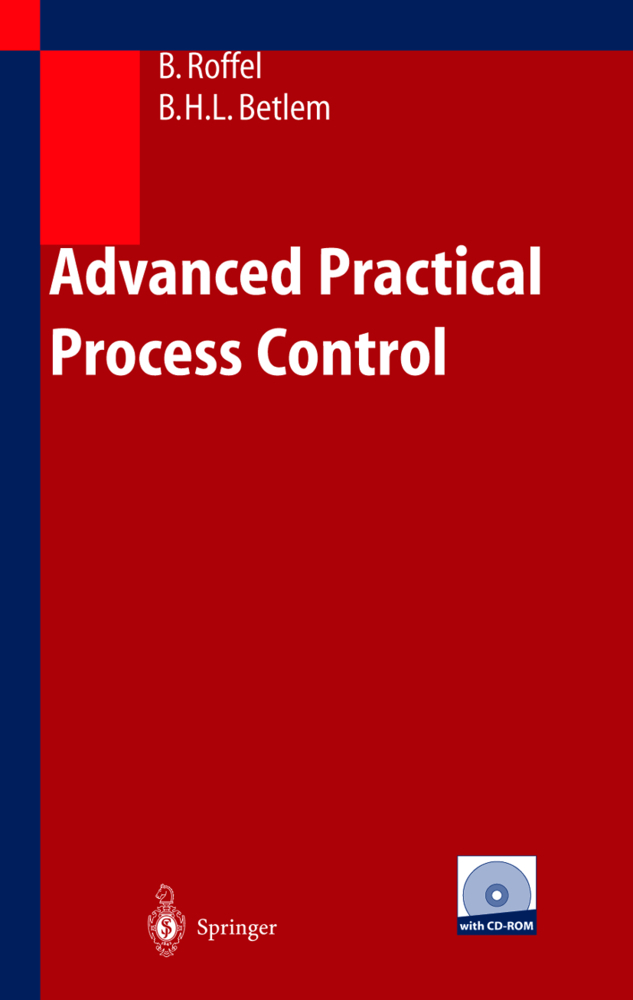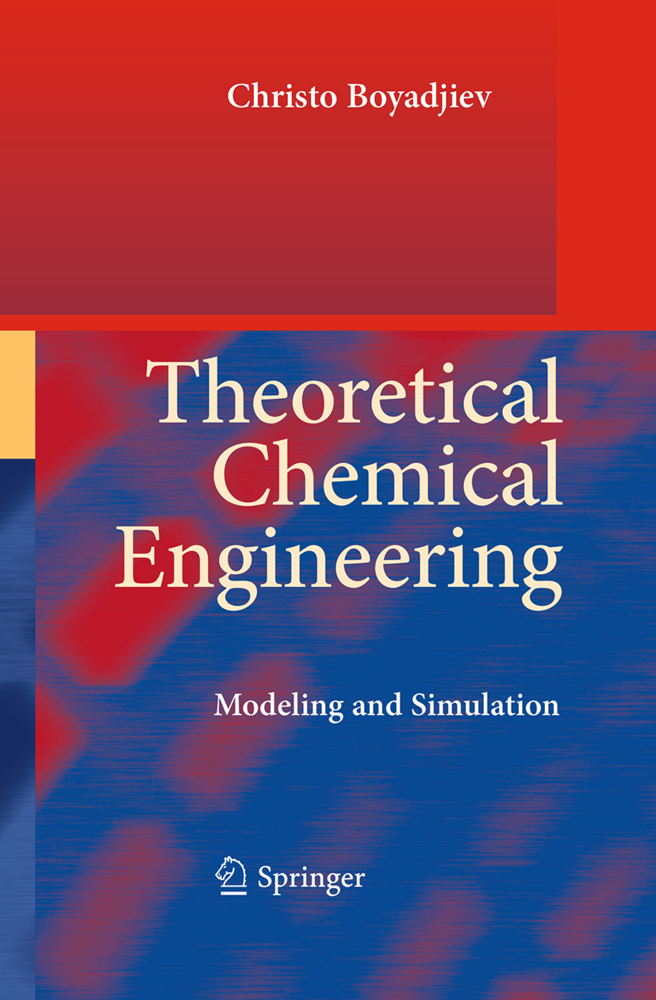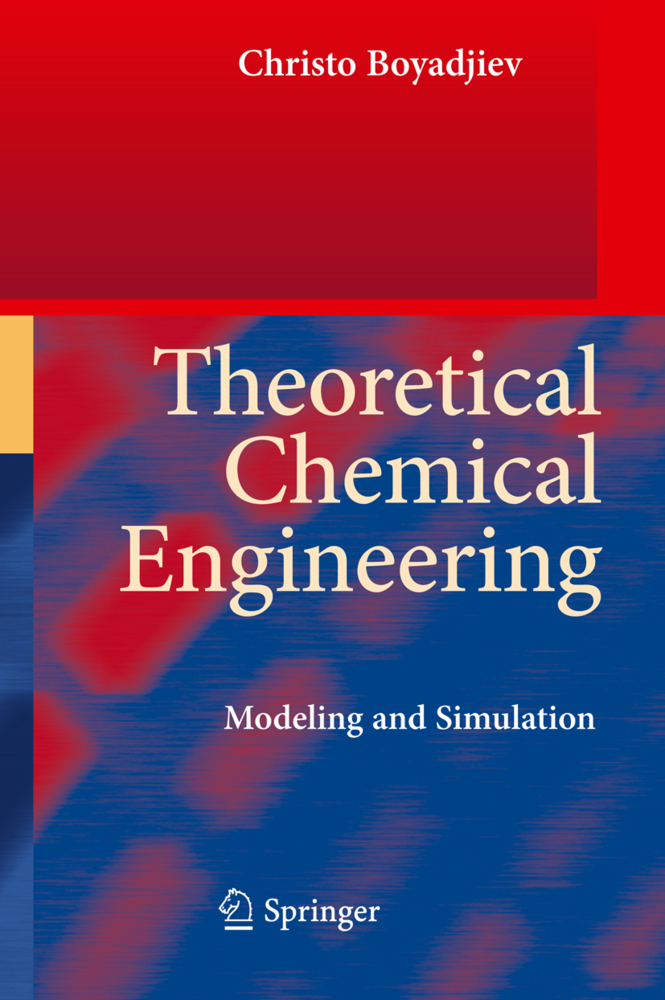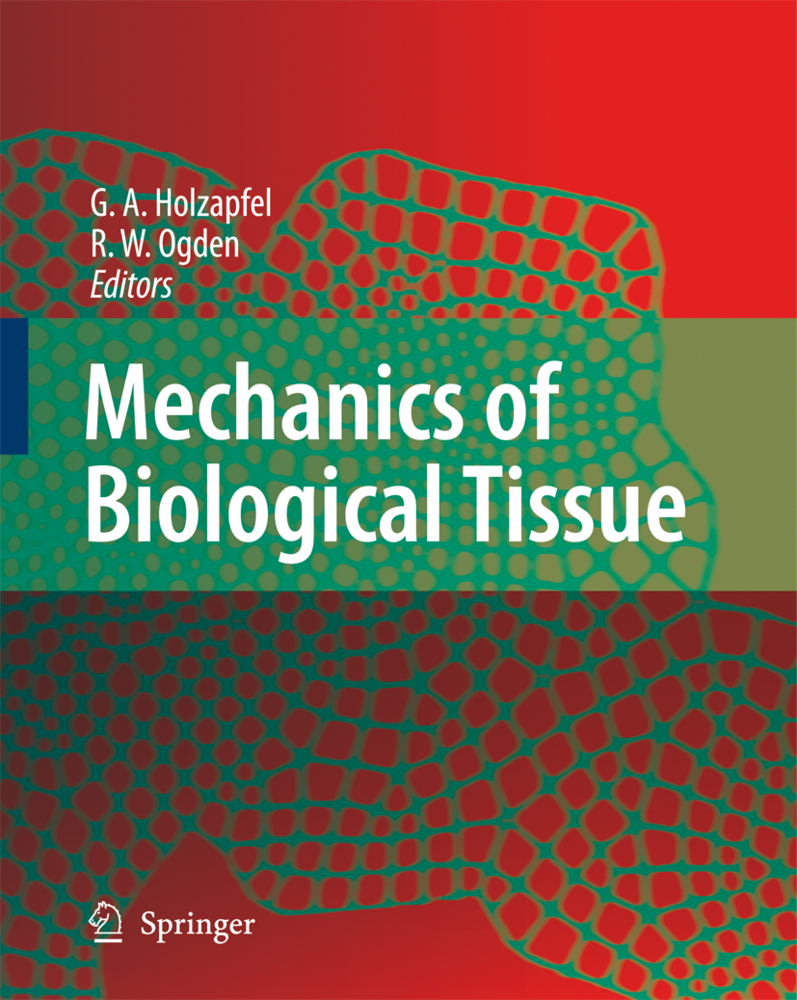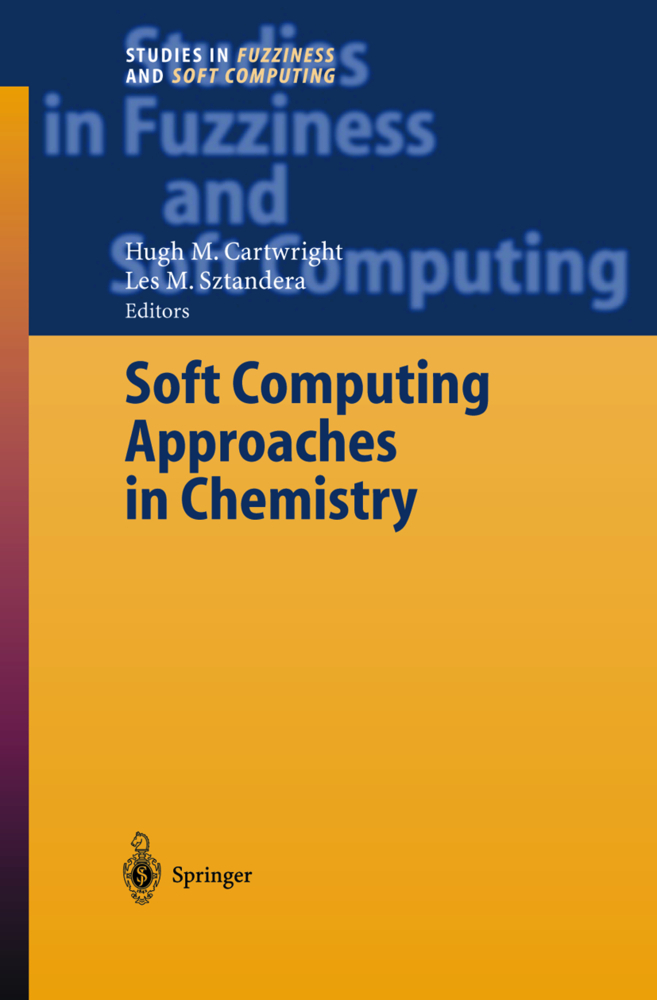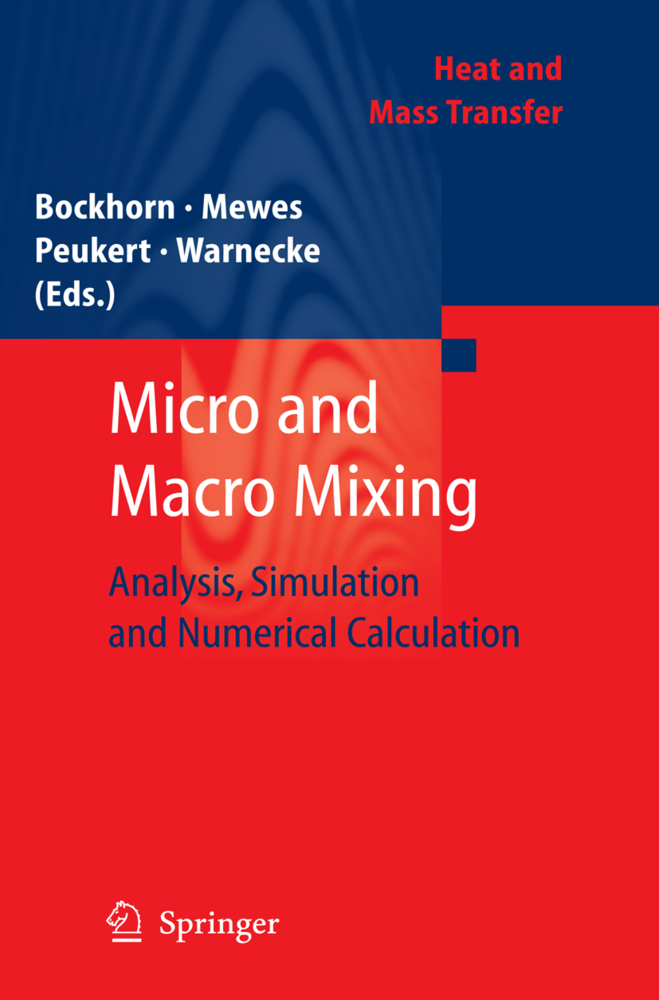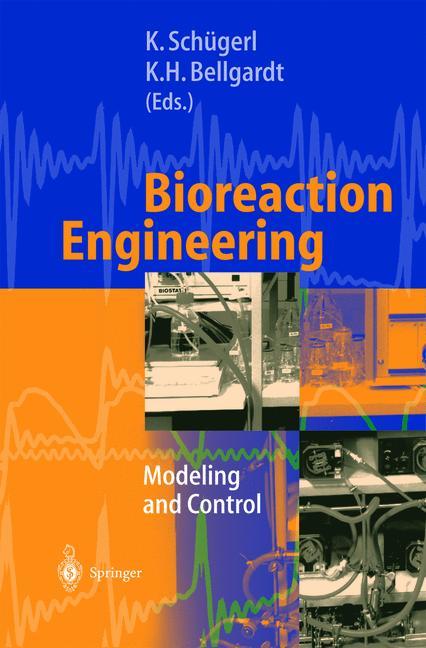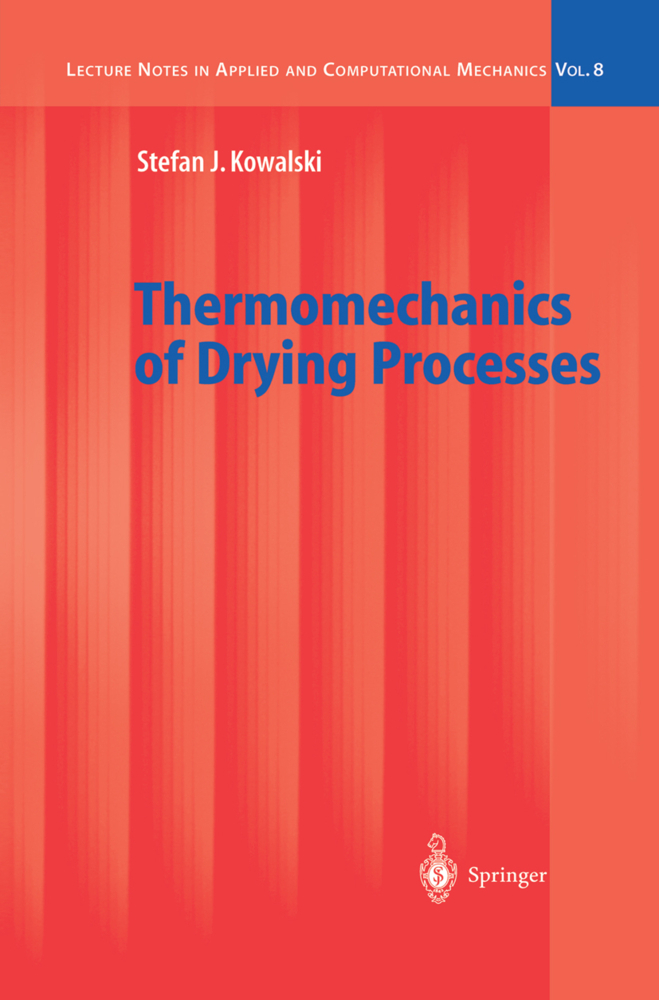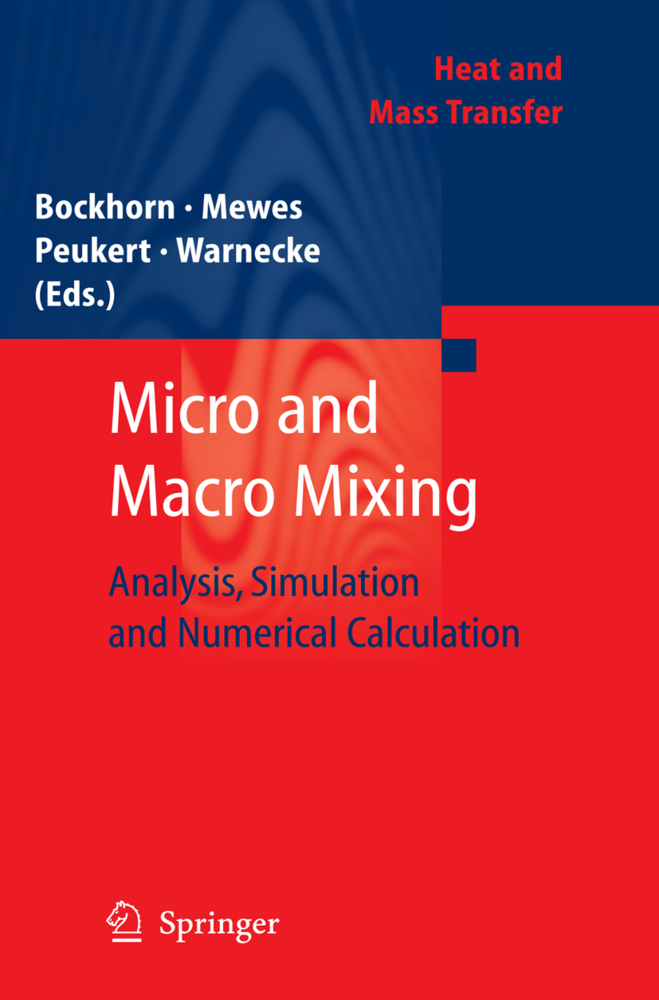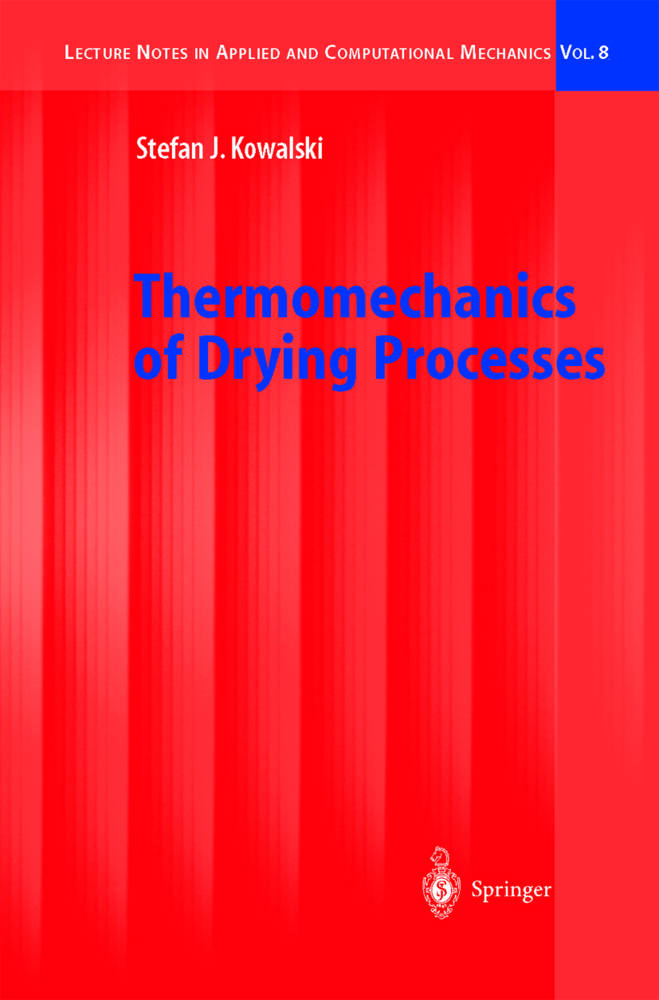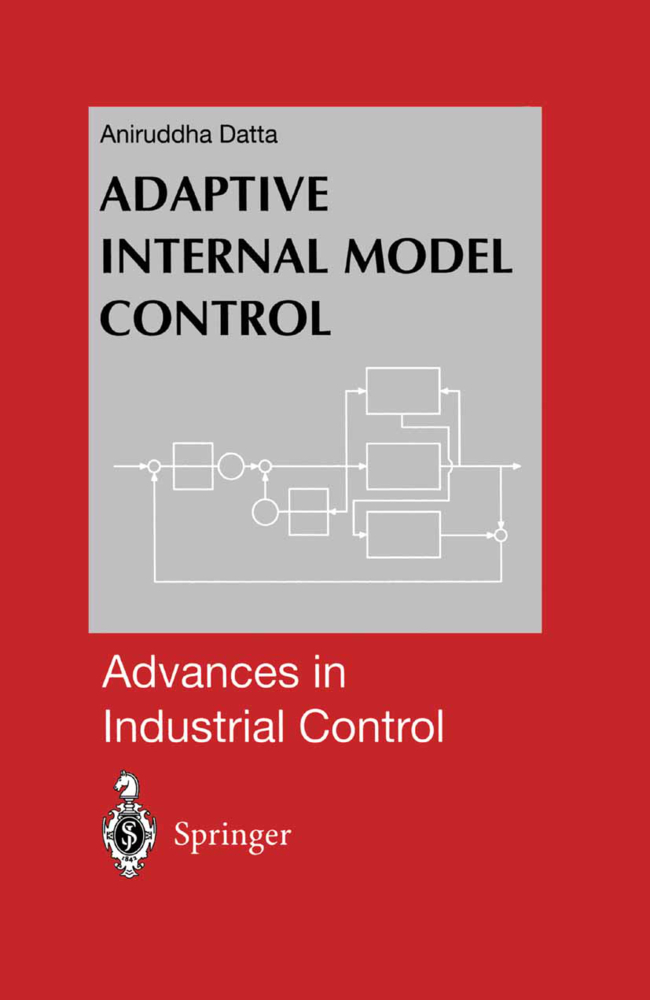Advanced Practical Process Control, w. CD-ROM
Advanced Practical Process Control, w. CD-ROM
In the process industries there is an ongoing need for improvement of the opera tion of the process. One of the disciplines that will help the process engineer to achieve this is process control. There are many industrial automation systems to day that will offer powerful tools to meet the process control needs of industries with continuous, batch and discrete operations. Advanced control solutions sustain and improve the plant's competitiveness by ensuring: - safe operations - compliance with environmental regulations - effective use ofraw materials and energy - efficient production - manufacturing ofhigh quality products - flexible accommodation ofchanging process requirements This book was written from the perspective of introducing advanced control con cepts, which can help the engineer to reach the aforementioned goals. Many ad vanced control techniques have been implemented in industry in recent years, since hardware and software platforms are becoming increasingly powerful. Manufacturers ofprocess control equipment call this hardware and software envi ronment generally 'distributed control system'. The distributed control system equipment offers the engineer an excellent plat form for writing and implementing advanced control solutions. However, most large chemical and petrochemical manufacturers hire control specialists to imple ment these control solutions, while small manufacturers often lack the funds to hire these professionals. Therefore it is our experience that in the latter case, proc ess engineers often write the control programs required to improve process opera tion.
1.2 Domain Transformations
1.3 Laplace Transformation
1.4 Discrete Approximations
1.5 z-Transforms
1.6 Advanced and Modified z-Transforms
1.7 Common Elements in Control
1.8 The Smith Predictor
1.9 Feed-forward Control
1.10 Feed-forward Control in a Smith Predictor
1.11 Dahlin's Control Algorithm
References
2 Process Simulation
2.1 Simulation using Matlab Simulink
2.2 Simulation of Feed-forward Control
2.3 Control Simulation of a 2x2 System
2.4 Simulation of Dahlin's Control Algorithm
3 Process Modeling and Identification
3.1 Model Applications
3.2 Types of Models
3.3 Empirical (linear) Dynamic Models
3.4 Model Structure Considerations
3.5 Model Identification
References
4 Identification Examples
4.1 SISO Furnace Parametric Model Identification
4.2 MISO Parametric Model Identification
4.3 MISO Non-parametric Identification of a Non-integrating Process
4.4 MIMO Identification of an Integrating and Non-integrating Process
4.5 Design of Plant Experiments
4.5.1 Nature of Input Sequence
4.5.2 PRBS Type Input
4.5.3 Step Type Input
4.5.4 Type of Experiment
4.6 Data File Layout
4.7 Conversion of Model Structures
4.8 Example and Comparison of Open and Closed Loop Identification
References
5 Linear Multivariable Control
5.1 Interaction in Multivariable Systems
5.2 Dynamic Matrix Control
5.3 Properties of Commercial MPC Packages
References
6 Multivariable Optimal Constraint Control Algorithm
6.1 General Overview
6.2 Model Formulation for Systems with Dead Time
6.3 Model Formulation for Multivariable Processes
6.4 Model Formulation for Multivariable Processes with Time Delays
6.5 Model Formulation in Caseof a Limited Control Horizon
6.6 Mocca Control Formulation
6.7 Non-linear Transformations
6.8 Practical Implementation Guidelines
6.9 Case Study
6.10 Control of a Fluidized Catalytic Cracker
6.11 Examples of Case Studies in MATLAB
6.12 Control of Integrating Processes
6.13 Lab Exercises
6.14 Use of MCPC for Constrained Multivariable Control
References
7 Internal Model Control
7.1 Introduction
7.2 Factorization of Multiple Delays
7.3 Filter Design
7.4 Feed-forward IMC
7.5 Example of Controller Design
7.6 LQ Optimal Inverse Design
References
8 Nonlinear Multivariable Control
8.1 Non-linear Model Predictive Control
8.2 Non-linear Quadratic DMC
8.3 Generic Model Control
8.4 Problem Description
8.5 GMC Application to the CSTR System
8.6 Discussion of the GMC Algorithm
8.7 Simulation of Reactor Control
8.8 One Step Reference Trajectory Control
8.9 Predictive Horizon Reference Trajectory Control
References
9 Optimization of Process Operation
9.1 Introduction to Real-time Optimization
9.2 Model Building
9.3 The Objective Function
9.4 Unconstrained Functions: one Dimensional Problems
9.5 Unconstrained Multivariable Optimization
9.6 Linear Programming
9.7 Non-linear Programming
References
10 Optimization Examples
10.1 AMPL: a Multi-purpose Optimizer
10.2 Optimization Examples
References
11 Integration of Control and Optimization
11.1 Introduction
11.2 Description of the Desalination Plant
11.3 Production Maximization of Desalination Plant
11.4 Linear Model Predictive Control of Desalination Plant
11.5 Reactor problem definition
11.6 Multivariable Non-linear Control of the Reactor
References
Appendix I. MCPC software guide
I.1 Installation
I.2 Model identification
I.2.1 General process information
I.2.2 Identification data
I.2.3 Output details
I.3 Controller design
I.4 Control simulation
I.5 Dealing with constraints
I.6 Saving a project
Appendix II. Comparison of control strategies for a hollow shaft reactor
II.1 Introduction
II.2 Model Equations
II.3 Proportional Integral Control
II.4 Linear Multivariable Control
II.5 Non-linear Multivariable Control
References.
1 Introduction to Advanced Process Control Concepts
1.1 Process Time Constant1.2 Domain Transformations
1.3 Laplace Transformation
1.4 Discrete Approximations
1.5 z-Transforms
1.6 Advanced and Modified z-Transforms
1.7 Common Elements in Control
1.8 The Smith Predictor
1.9 Feed-forward Control
1.10 Feed-forward Control in a Smith Predictor
1.11 Dahlin's Control Algorithm
References
2 Process Simulation
2.1 Simulation using Matlab Simulink
2.2 Simulation of Feed-forward Control
2.3 Control Simulation of a 2x2 System
2.4 Simulation of Dahlin's Control Algorithm
3 Process Modeling and Identification
3.1 Model Applications
3.2 Types of Models
3.3 Empirical (linear) Dynamic Models
3.4 Model Structure Considerations
3.5 Model Identification
References
4 Identification Examples
4.1 SISO Furnace Parametric Model Identification
4.2 MISO Parametric Model Identification
4.3 MISO Non-parametric Identification of a Non-integrating Process
4.4 MIMO Identification of an Integrating and Non-integrating Process
4.5 Design of Plant Experiments
4.5.1 Nature of Input Sequence
4.5.2 PRBS Type Input
4.5.3 Step Type Input
4.5.4 Type of Experiment
4.6 Data File Layout
4.7 Conversion of Model Structures
4.8 Example and Comparison of Open and Closed Loop Identification
References
5 Linear Multivariable Control
5.1 Interaction in Multivariable Systems
5.2 Dynamic Matrix Control
5.3 Properties of Commercial MPC Packages
References
6 Multivariable Optimal Constraint Control Algorithm
6.1 General Overview
6.2 Model Formulation for Systems with Dead Time
6.3 Model Formulation for Multivariable Processes
6.4 Model Formulation for Multivariable Processes with Time Delays
6.5 Model Formulation in Caseof a Limited Control Horizon
6.6 Mocca Control Formulation
6.7 Non-linear Transformations
6.8 Practical Implementation Guidelines
6.9 Case Study
6.10 Control of a Fluidized Catalytic Cracker
6.11 Examples of Case Studies in MATLAB
6.12 Control of Integrating Processes
6.13 Lab Exercises
6.14 Use of MCPC for Constrained Multivariable Control
References
7 Internal Model Control
7.1 Introduction
7.2 Factorization of Multiple Delays
7.3 Filter Design
7.4 Feed-forward IMC
7.5 Example of Controller Design
7.6 LQ Optimal Inverse Design
References
8 Nonlinear Multivariable Control
8.1 Non-linear Model Predictive Control
8.2 Non-linear Quadratic DMC
8.3 Generic Model Control
8.4 Problem Description
8.5 GMC Application to the CSTR System
8.6 Discussion of the GMC Algorithm
8.7 Simulation of Reactor Control
8.8 One Step Reference Trajectory Control
8.9 Predictive Horizon Reference Trajectory Control
References
9 Optimization of Process Operation
9.1 Introduction to Real-time Optimization
9.2 Model Building
9.3 The Objective Function
9.4 Unconstrained Functions: one Dimensional Problems
9.5 Unconstrained Multivariable Optimization
9.6 Linear Programming
9.7 Non-linear Programming
References
10 Optimization Examples
10.1 AMPL: a Multi-purpose Optimizer
10.2 Optimization Examples
References
11 Integration of Control and Optimization
11.1 Introduction
11.2 Description of the Desalination Plant
11.3 Production Maximization of Desalination Plant
11.4 Linear Model Predictive Control of Desalination Plant
11.5 Reactor problem definition
11.6 Multivariable Non-linear Control of the Reactor
References
Appendix I. MCPC software guide
I.1 Installation
I.2 Model identification
I.2.1 General process information
I.2.2 Identification data
I.2.3 Output details
I.3 Controller design
I.4 Control simulation
I.5 Dealing with constraints
I.6 Saving a project
Appendix II. Comparison of control strategies for a hollow shaft reactor
II.1 Introduction
II.2 Model Equations
II.3 Proportional Integral Control
II.4 Linear Multivariable Control
II.5 Non-linear Multivariable Control
References.
| ISBN | 978-3-540-40480-4 |
|---|---|
| Medientyp | Buch |
| Copyrightjahr | 2003 |
| Verlag | Springer, Berlin |
| Umfang | IX, 309 Seiten |
| Sprache | Englisch |

